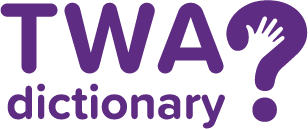AMERICAN SIGN LANGUAGE AND DEAF CULTURE BLOG
Interacting With Deaf People: Do's and Don'ts
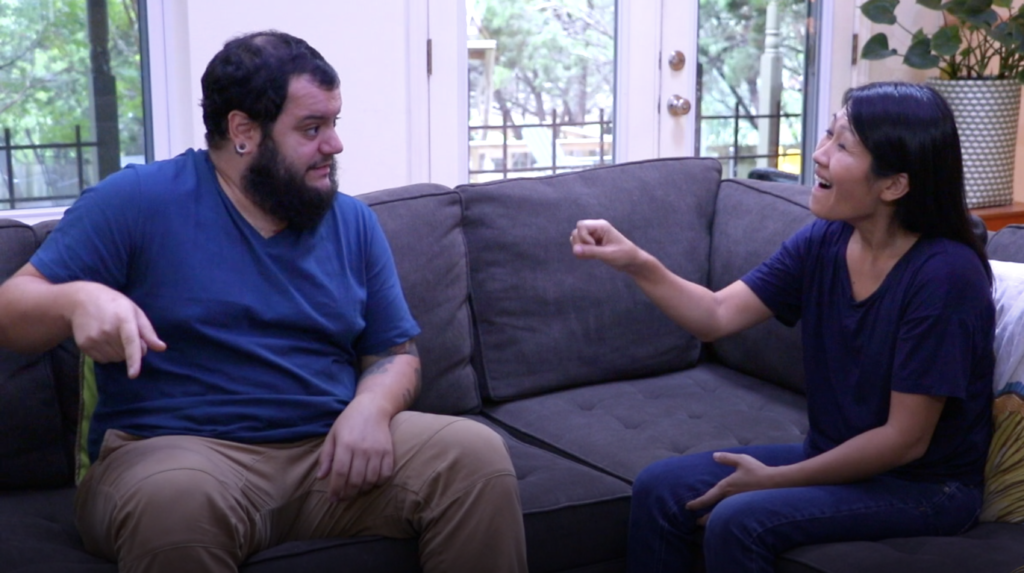
Did you know that giving a thumbs-up in Greece, Iran, Russia, and Sardinia is akin to “flipping the bird” in these areas? Or that you’re supposed to receive a present with both hands to signify your appreciation for the gift giver in China, South Korea, and Japan?
If you visited these countries without knowing these things, you might commit a faux pas and encounter some trouble with the people there. Your actions might also be viewed as disrespectful or as microaggressions, which are subtle and/or unintentional instances of discrimination.
Fortunately, there is a way to avoid making these types of mistakes.
The best way to show your respect and empathy to people of a different culture is to learn about their culture and how they communicate with each other. Developing cultural awareness can help us interact better with the people around us and truly show our empathy and respect.
To help you avoid the most common faux pas and microaggressions when interacting with Deaf people, we’ve put together a guideline of what not to do (and what to do).
Things You Should Never Do When Interacting With Deaf People

What are some things that you should not do while communicating with a Deaf person?
DON’T: Start a conversation about how or why a person is deaf. It’s rude because it implies that you don’t see the person as they are.
DON’T: Grab, poke, or throw things at a Deaf person to get their attention. Sudden actions like thes are usually used to signal an emergency or to warn a person that something is wrong. Plus, these actions could be seen as abusive.
DON’T: Chew gum. Remember, mouth movement is a vital part of sign language and gum chewing can be distracting and interfere with communication.
DON’T: Stare at people signing. Enough said.
DON’T: Order for a Deaf person in restaurants and bars without being asked to do so. Unless you’re specifically asked to order on their behalf, Deaf people are perfectly able to take care of themselves.
DON’T: Shout. If shouting at someone is considered to be rude, why would it be any different in a conversation with someone who’s deaf or hard of hearing? Shouting can come off as aggressive and it can cause discomfort for anyone, with or without hearing aids.
DON’T: Talk directly to the interpreter. Remember, you’re not actually talking with them, you’re talking to the Deaf person. Maintain eye contact with the person you’re talking with.
DON’T: Use outdated and offensive terms such as “mute”, “deafness”, “hearing impaired”, and “deaf and dumb”.
To add more to the list, we asked people from the Deaf community about their biggest don’ts when it comes to interacting with Deaf people. Here’s what they shared.
DON’T:
Don’t focus on their ability to hear (or lack thereof).
Don’t imply that Deaf people can’t do something because they can’t hear.
Don’t assume that Deaf people can’t read or write.
Don’t ask if Deaf people can drive – and how they can drive without hearing sounds.
Don’t ask questions like “How much can you hear?”
Don’t tokenize them by saying something like “My great grandmother is going deaf, too.”
Don’t apologize and say, “I’m so sorry you can’t hear.”
Don’t expect Deaf people to accommodate you and your preferences.

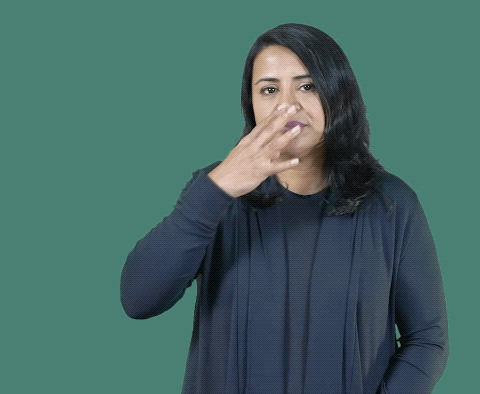
Don’t ask Deaf people, “Can you read my lips?”
Don’t refuse to turn on closed captions because they look funny on the screen.
Don’t turn your head away from the Deaf person while talking.
Don’t ignore a Deaf person’s request to do this or that.
Don’t continue to speak even after they ask you to write down what you’re saying.
Don’t take a Deaf person’s phone away from them.
Don’t share content that involves sound or spoken dialogue without checking to ensure the content is accessible.
Don’t give backhanded compliments such as: “Oh, you talk so well for a deaf person!” or “Oh, you don’t look deaf.”
Things You Should Do When Interacting With Deaf People
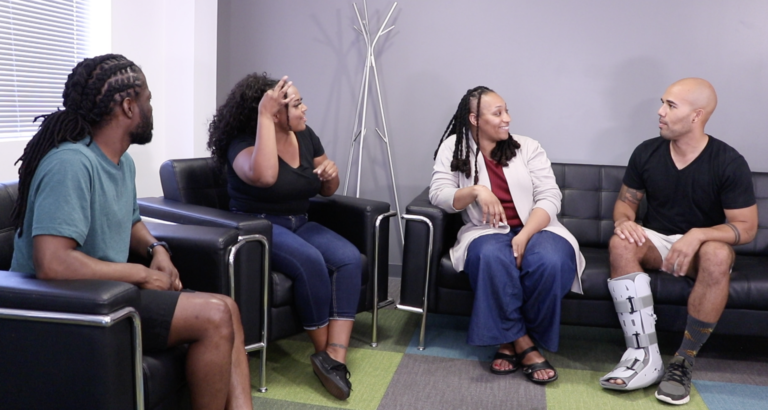
After covering what you should not do while interacting with Deaf people, let’s see some examples of what you can do instead.
DO: From a distance, wave or walk up to their side, and tap their shoulder gently to get their attention.
DO: Maintain eye contact while communicating.
DO: Pay attention to the lighting, ensuring that your face and hands are visible.
DO: Keep your mouth area visible. Remember, the mouth plays a role in sign language.
DO: Use pen and paper or smartphone to convey your message.
P.S. A great app to use on your phone is Cardzilla! This app was created by Deaf developer Tim Kettering. Many Deaf people use it to communicate with non-signers thanks to its easy to read text and voice-to-text capabilities.
DO: Make the most out of various technologies available. You can type back and forth using a computer screen, email, instant or text messaging.
DO: Research voice-to-text apps, practice using them and have them ready on your device in case.
DO: Share content that comes with captions and image descriptions.
DO: Learn how to add captions to your content.
We asked our correspondents to describe to us some examples of best practices when it comes to communication with Deaf people. Here’s what they said:
Dr. Curt Radford, Ed.D, an education professional with a focus in Deaf Studies at Lamar University, advises people to “treat Deaf people just like everyone else” and adds “I wish Deaf people were given more opportunities to lead, make decisions, and be part of a decision-making team.”
Feta Fernsler, a job coach, would like it if people were more adaptable. “Do your best to communicate, and please don’t expect us to do all the work.”
Dr. Christopher Kurz, Ph.D, Professor and Director of Mathematics and Science Language and Learning Lab at Rochester Institute of Technology, advises people to “Sign your best. Deaf people would ask for clarification if needed.”
Arlene Ngalle, a Deaf influencer, appreciates it if people willingly “pull out the smartphone to communicate with me,” while Fernsler advises people to put “more effort to adapt, like writing things down.”
Fernsler adds, “Give us a chance to speak. Do your best to communicate, don’t expect us to do all the work.”
Best Examples of How to Treat Deaf People As Equals

Respecting the person you’re talking with is the foundation of every good relationship. While it is important to follow some universal do’s in conversation with people from the Deaf community, it’s equally important to ask them how they want to converse and what they think it’s best.
We asked people from the Deaf community about what they think is thoughtful and considerate, and here are their answers:
Dr. Joseph Hill, a linguist and professor at Rochester Institute of Technology, says he appreciates it when people ask about what works for him the best, without making any assumptions. “That approach always works because deaf people know what they need.”
Dr. Radford adds, “I love it when a hearing person empowers me or gives me an opportunity to fully participate.”
The bottom line is: when interacting with deaf people, it’s important to ask them about their preferred way of communication, empower them, and don’t make assumptions.
Final Words on Interacting With Deaf People
Wonderful humans have one thing in common: they know what respect is and how to show it. Respect shows others that you accept them for who they are, even when they’re different from what you know or are used to. Respect helps us build better relationships and nurture trust, safety, and wellbeing.
It’s important to mention that respect doesn’t come on its own, it’s something that all of us have to actively learn and implement.
